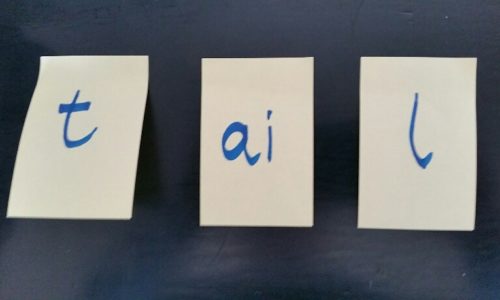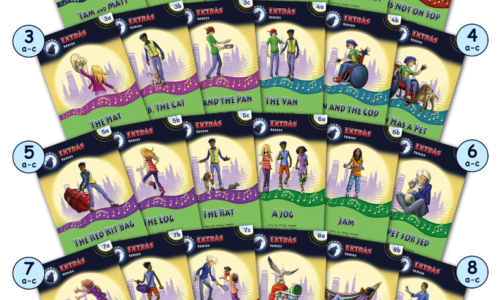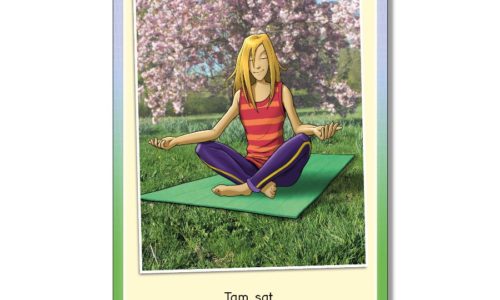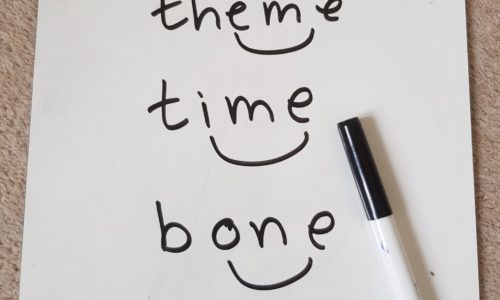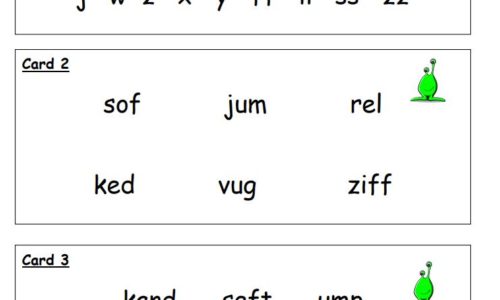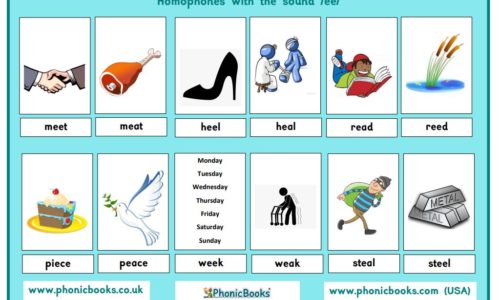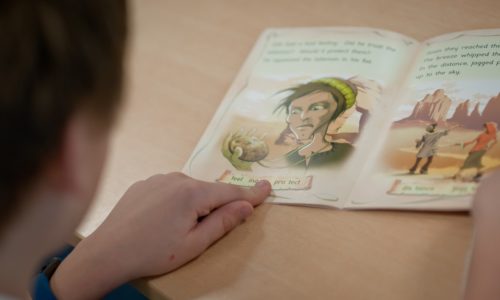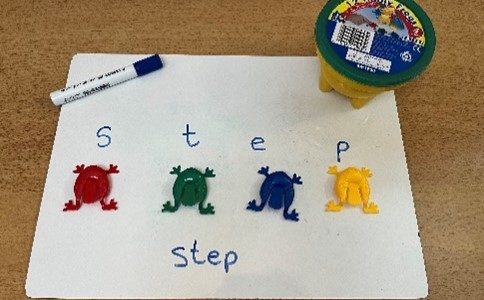
Synthetic Phonics programmes now talk of ‘consonant blends’ or ‘adjacent consonants’, but what are they? Why is it that the letters ‘bl’ in the word ‘black’ are adjacent consonants while ‘ck’ are not? Speech and language therapist, Hema Desai explains the difference and suggests fun, multisensory activities to embed learning. As a speech and language […]
Read More

